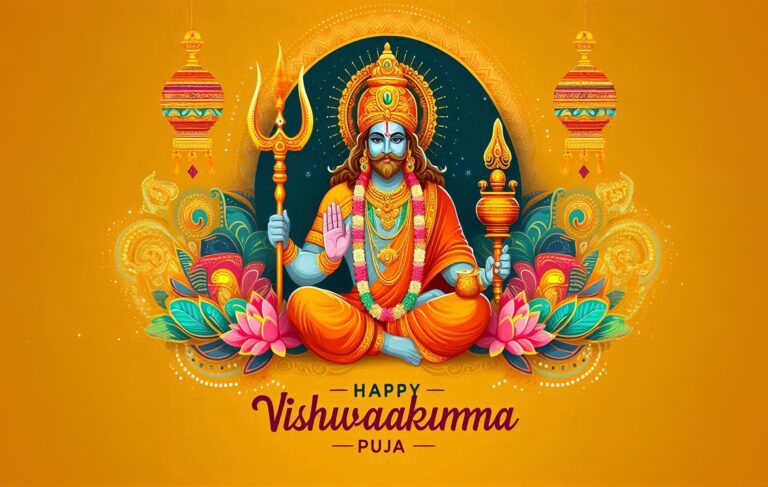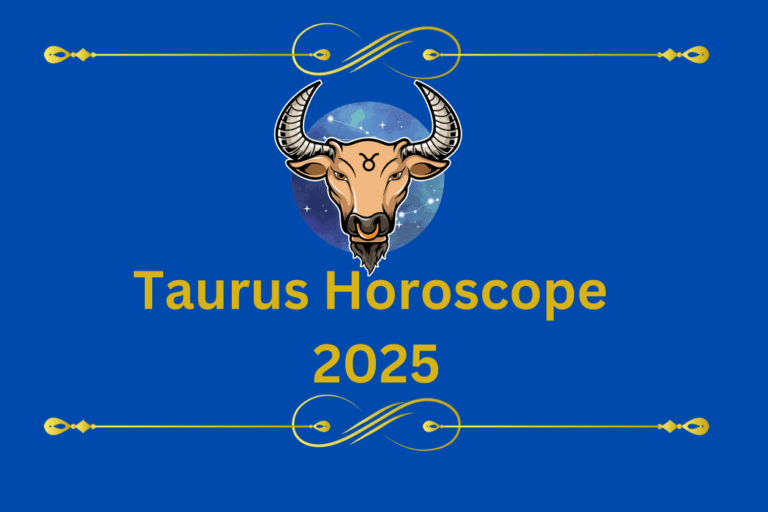Things You didn’t know about Makar Sakranti
Every year, Makar Sankranti brings with it a feeling of joy and excitement for the farmers in India as this marks the beginning of their harvest season.

About Makar Sakranti
It is celebrated with a variety of activities and customs, such as flying kites, taking holy dips in rivers, exchanging tilguds (sesame sweets), lighting bonfires etc.
Other than India, Makar Sankranti is celebrated in many parts of the world including Nepal, Bangladesh and Thailand.
Makar Sankranti marks the beginning of the harvest season in India – not only for farmers but also for those who celebrate this festival every year with grandeur and joy! This day marks a special occasion when the sun enters into the Makara Rasi or Capricorn sign; thus heralding brighter days ahead!
Many fascinating traditions are associated with this day providing us all an opportunity to get together and spend some quality time with our family & friends. In this blog post, you will read about some interesting facts about Makar Sankranti that you might not be aware of!
Makar Sankranti marks the beginning of the harvest season in India.
Every year, Makar Sankranti brings with it a feeling of joy and excitement for the farmers in India as this marks the beginning of their harvest season. A day filled with festivities and cultural celebrations, Makar Sankranti is celebrated all over India to honor the sun god for providing us with an abundance of crops. It is a time when people come together to celebrate the bounty that they have been blessed with throughout the year.
During this festival, kites are flown high in the sky while bonfires are lit up to mark this special occasion. People exchange tilguds (sesame sweets) as tokens of luck and gratitude towards nature’s blessings. Not only do these activities bring everyone closer but also help us appreciate all that we have been gifted by nature!
It is also the day when the sun enters the Makara Rasi, or Capricorn sign.
Makar Sankranti is a special day when the sun enters the Makara Rasi or Capricorn sign. This event marks the beginning of brighter and longer days for many in India, as it symbolizes hope and abundance for those who rely on farming to make their living. On this special day, people gather together to celebrate with flying kites, taking holy dips in rivers, exchanging tilguds (sesame sweets), lighting bonfires and more! As they take part in these activities, people come together to show gratitude towards nature’s blessings and honor the sun god for providing them with an abundance of crops throughout the year.
The joy that comes along with Makar Sankranti not only brings families closer but also helps us appreciate all that we have been gifted by nature! From farmers looking forward to their harvest season starting soon to children flying kites high up in the sky – everyone rejoices during this wonderful festival which has been celebrated since ancient times. Even though traditions may vary from region-to-region across India, one thing remains constant – our appreciation towards Mother Nature’s bounty!
Here are some interesting facts about Makar Sankranti that you may not know:
The celebration of Makar Sankranti is an ancient one that dates back to at least the Vedic period. It marks a special occasion when the sun enters into the Capricorn sign and heralds brighter days ahead! This day has been celebrated with a variety of activities, customs and traditions across India for centuries! One such tradition is kite flying, which symbolizes freedom from bondage. People fly kites high up in the sky as an expression of joy and hope for the future.
The exchange of tilguds (sesame sweets) on this special day is also an important ritual associated with Makar Sankranti. This gesture signifies blessing one another with luck and prosperity during this harvest season. People take holy dips in rivers while lighting bonfires to honor the sun god – thanking him for providing them with abundance throughout their year! From farmers looking forward to their harvest season starting soon to children flying kites high up in the sky – everyone rejoices during this wonderful festival which has been celebrated since ancient times!

Makar Sankranti is one of the few Hindu festivals that is celebrated on a fixed date, regardless of the lunar
Makar Sankranti is celebrated all across India with different customs and traditions that vary from region to region. This festival marks the beginning of brighter and longer days as the sun enters into the Capricorn sign, which symbolizes hope and abundance for those who rely on farming for their livelihoods. People come together to celebrate this special event by flying kites high in the sky, taking holy dips in rivers, exchanging tilguds (sesame sweets) as tokens of luck and gratitude towards nature’s blessings, lighting bonfires and more! It is a time when people can show appreciation towards Mother Nature’s bounty while having fun at the same time.
The celebration of Makar Sankranti has been around since ancient times – it dates back to at least the Vedic period – but what sets this festival apart from other Hindu festivals is its fixed date. No matter what day or month it may be according to lunar calendars, Makar Sankranti will always happen on January 14th every year! Every single person in India regardless of their geographical location celebrates this day with joyous festivities that bring families closer together. From people gathering around bonfires while praying to God for an abundant harvest season ahead to children running happily through streets filled with colorful kites – Makar Sankranti truly is a magical occasion that reminds us how blessed we are!
The joyous festival of Makar Sankranti is celebrated across India with great enthusiasm, joy and admiration. It is a sign of the start of the harvest season and marks the moment when the sun enters into Capricorn’s orbit. A unique festival that transcends time, this Hindu tradition has bound families together for centuries as they partake in festivities that are both culturally meaningful and heartwarming. From flying kites to feasting with family and friends to honoring a new day dedicated to prosperity, Makar Sankranti is evidence that despite change in times, traditions remain evergreen.




